1. National Geographic

The long-lived official magazine of the National Geographic Society was first published in 1888 – twenty years before the first automobile. The National Geographic Society still exists (and in fact, is one of the largest educational non-profits in the world), but holds a minority 27% stake in the joint venture National Geographic Partners – the for-profit LLC that handles the magazine’s publication, “NatGeo’s'” television networks and brands, and the travel and tour division. 20th Century Fox controlled the other 73%, which was absorbed by Disney.
To be clear, National Geographic really ought to count as an acquisition in its own right – and largely, Disney seems to agree. (Think: Disney + Pixar + Marvel + Star Wars + National Geographic… Yep, a single 20th Century acquisition rising over The Muppets or ABC.) Really, it’s a coup. NatGeo is an established, recognized, and esteemed brand. But more to the point, its bedrock of programming provides Disney with thousands and thousands of hours of documentary films and series. And that which competing brand Discovery Inc. spreads across a half-dozen networks (Discovery Channel, Animal Planet, Food Network, Science Channel, and TLC) is comfortably collected in one via the National Geographic brand.
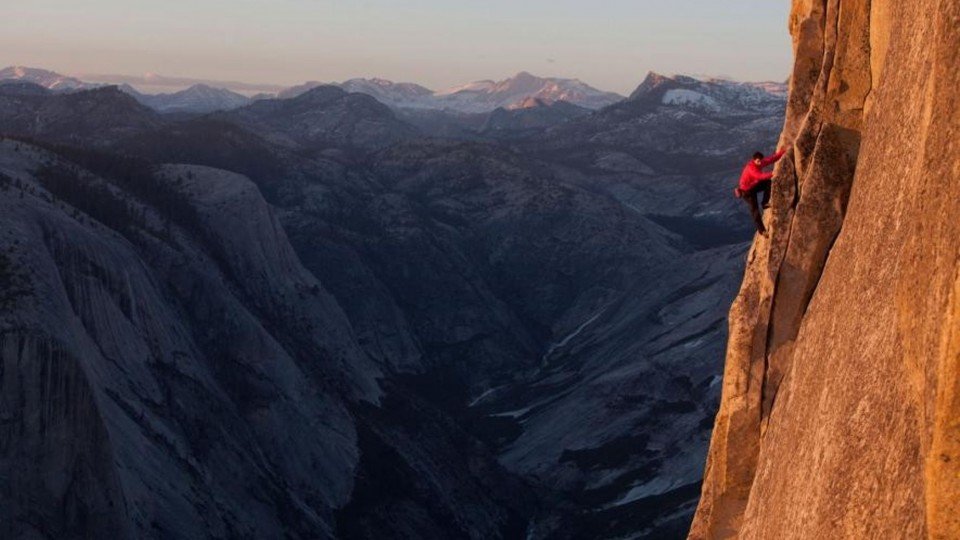
We’ve already seen Disney leverage the National Geographic brand on Disney+ with “The World According to Jeff Goldblum,” “The Right Stuff,” and “The Magic of Disney’s Animal Kingdom.” But obviously, this is a brand that Disney not only thinks complements its own, but that Disney branding can intermix with. Reportedly, Disney’s own Disneynature banner has been shuffled under the NatGeo brand. To that end, it’s a little surprising we haven’t seen more of National Geographic across Disney’s portfolios and parks.
Obviously EPCOT’s Seas or Animal Kingdom could be a perfect home for National Geographic branding (which would quickly elevate, for example, Rafiki’s Planet Watch or even just the zoological signage along the Gorilla Falls and Jungle Trek animal trails). But if Disney knew then what they know now, it would make great sense for the Lost Legend: Soarin’ and its successors to leverage National Geographic as a brand and as a filming partner…
2. AVATAR
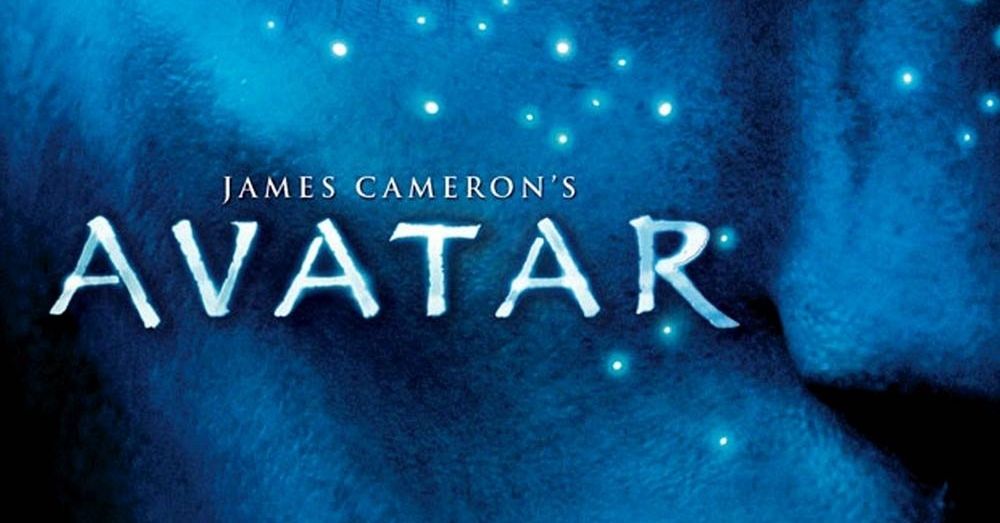
If we’re being honest, AVATAR occupies a unique place in 20th Century Fox history… and now, in Disney’s. Technically the highest-grossing film of all time for a decade after its 2009 release (and only narrowly beating Avengers: Endgame, which wasn’t boosted by the same 3D ticket surcharge), AVATAR is – on paper – a landmark. But as just about anyone will also readily admit, that comes with an asterisk. Despite the film’s absolutely astounding box office performance, AVATAR was largely remembered for how little anyone remembered it.
To be sure, that’s in part because the film’s gotta-see-it appeal was due to its computer generated graphics and being one of the first wide-release movies in modern 3D. But in the years after its exit from the box office, dozens of op-eds wondered aloud how the highest grossing film in history had curiously left so few footprints in pop culture… No beloved quotes; no memorable plot; no iconic scenes; not even a distinct and memorable plot. Naysayers frequently proved their point by asking friends if they could remember even a single character’s name!

But in the waning months around the opening of the Wizarding World, Disney reportedly got nervous. Sensing that Universal’s licensing of Harry Potter might actually make a dent, Disney allegedly grabbed for something – anything! – Potter-sized, which in 2009 was, of course… AVATAR.
Yes, Disney Imagineers skillfully brought PANDORA: The World of Avatar to life at Disney’s Animal Kingdom (though arguably, their success is in spite of the movie, not because of it). Even still, fans balked at the idea that now, Disney would have a permanent land themed to a movie they didn’t even own – and more to the point, themed to a franchise whose course they’d have no say in directing! What would Disney say if Cameron’s next entries in the series were R-rated war movies… or worse, if they bombed critically and commercially? As it turned out, Disney wouldn’t be as helpless as we thought.
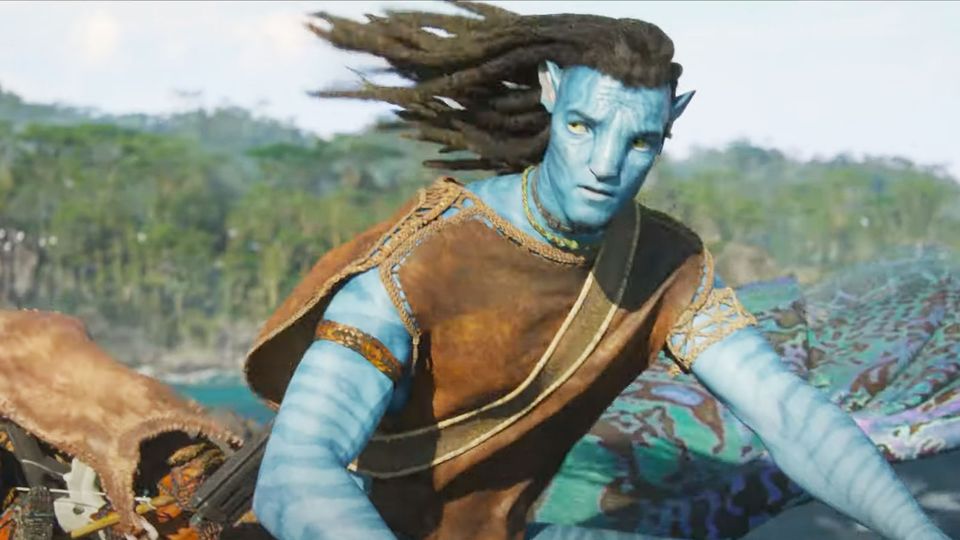
Iger’s $73 billion purchase of 20th Century positioned Disney as the production and distribution company of Cameron’s four promised sequels. Still, even ardent Disney supporters had to wonder if Avatar could manage to overcome its notorious lack of staying power and re-enter the public consciousness… especially as the years since the 2009 original added up. Would a second Avatar have the same gotta-see-it gravity as the first in an era when computer generated graphics and 3D have lost their gee-whiz appeal?
The answer came via 2022’s second entry, Avatar: The Way of Water. With a global box office hull of $2.3 billion, Cameron’s long-delayed sequel officially settled in as the third highest grossing film of all time, just behind the original Avatar and Avengers: Endgame. While people still debate whether viewers are emotionally invested in the world of Pandora and its characters, there’s no question now that the rest of the Avatar franchise will be filled with box office behemoths (with currently-scheduled releases in December of 2025, 2029, and 2031.)
Though it’ll take a lot of Avatars to pay off Disney’s $73 billion purchase price of 20th Century, there’s no question that Disney owning the franchise’s distribution and theme park rights has turned out to be a win-win, and that we should expect to see a whole lot of Avatar for the next decade or so at least…
3. Percy Jackson
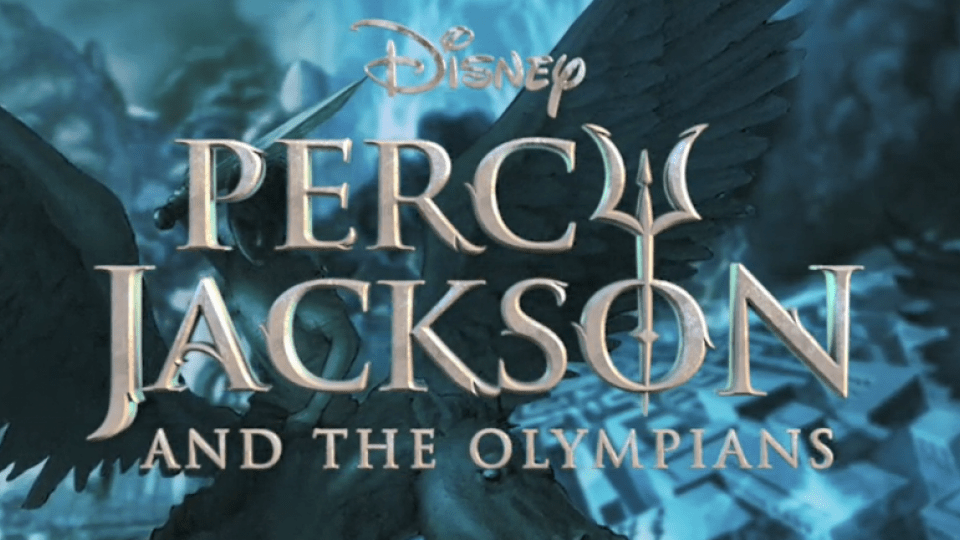
Author Rick Riordan’s Percy Jackson & The Olympians franchise made its literary debut with Disney’s Hyperion Publishing in 2005. The five-book young adult fantasy series (and the dozens and dozens of novels, comics, short stories, Greek myth compendiums, and spin-offs that occupy its universe) centers on the young Percy Jackson who discovers he’s a demi-god – born of his mother’s short-lived marriage to Poseidon. Joining other demi-gods and mythical creatures at Camp Half Blood, Percy and his friends Annabeth and Grover set off on adventures and settle their parents’ ancient scores.

Yep, the Percy Jackson books are practically tailor-made to recapture the sought after magic of Harry Potter, and released under Disney’s own publishing house to boot…! So how did Disney let 20th Century Fox get ahold of the big screen rights? Probably because when the first book in the series, “The Lightning Thief,” was published in 2005, Disney was already knee-deep in another big screen adaptation of a fantasy series meant to serve as the studio’s answer to Potter: C. S. Lewis’ The Chronicles of Narnia.
So it was 20th Century Fox that optioned Riordan’s book series into a film series, first with 2010’s Percy Jackson and the Olympians: The Lightning Thief and then 2013’s Percy Jackson: Sea of Monsters. Despite a likable and talented trio of actors vying to become the next Harry, Ron, and Hermione, Fox’s two entries received mixed reviews and didn’t meet expectations at the box office. (Similarly, Disney abandoned Narnia after two entries, with Fox ironically picking up Narnia for a third, now also returned to Disney.) Riordan himself was more explicit, stating that he’d never see the two films and that by script alone, they were the equivalent of “my life’s work going through a meat grinder.”
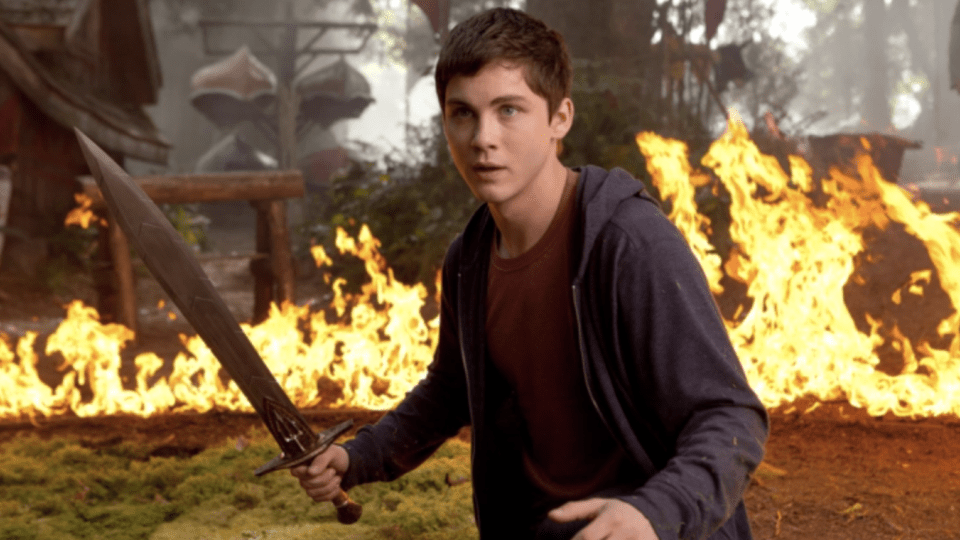
Obviously, he feels at least a little more warmly about Disney. After all, after Disney’s acquisition of 20th Century Fox brought the film rights to Percy Jackson back to the company, Riordan gleefully signed on to produce a Disney+ Original Series based on the books. Honestly, that sounds kind of great! Fox’s film series petered out for much the same reason Disney’s Narnia did: it was too obviously positioned as a Harry Potter duplicate created with the express intent of building a franchise. Even though Disney doesn’t like to hear it, we trust that viewers can see through that charade in a second.
Hopefully, the Disney+ version is content being a little slower, cooler, and more mature. (Is it wild to want it to be Disney’s equivalent to Netflix’s “The Chilling Adventures of Sabrina”?) While it seems unlikely that a Disney+ Original Series could gain the cultural capital to find its way into Disney Parks, it’s easy to see how the thrilling, mythological adventures of Jackson and his friends would be the perfect excuse to revive the never-built Possibilityland: Beastly Kingdom… But seeing the heroes of these stories become “official” Disney characters will be cool either way.


